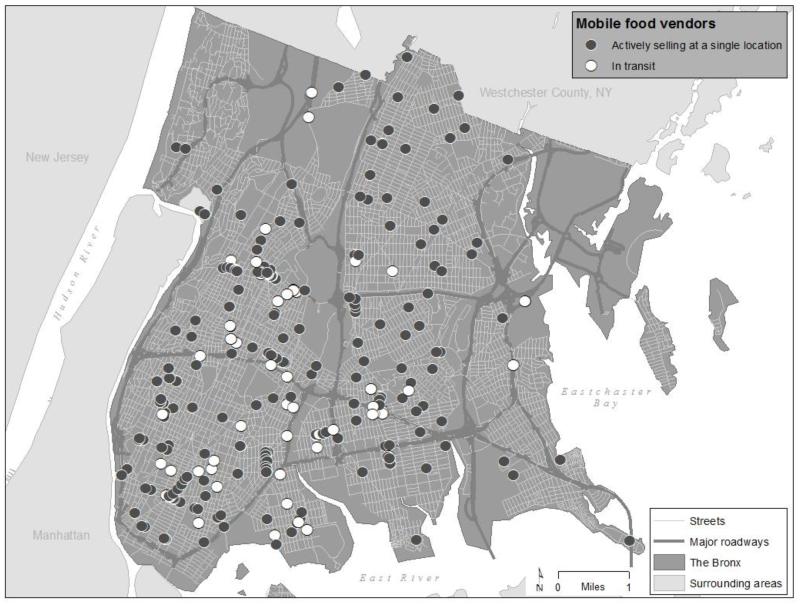Figure 1. Map of Bronx streets and the location of mobile food vendors.
Of the vendors “in transit” (N = 72), the vast majority were ice-cream trucks and other frozen-novelty vendors (N = 51). These venders generally do not sell in one place, but rather drive through neighborhoods trying to attract customers, intermittently stopping to make sales and then continuing on. Water vendors (N = 11) also do not generally stay in one place but rather often walk up to motorists and pedestrians with bottled water. Other vendors identified “in transit” were not actively selling when identified and included vendors of various prepared foods (N = 5), produce (N = 4), and nuts (N = 1).
Note: The map above may appear to show fewer than 372 points due to substantial overlap in areas with a high density of mobile food vendors. Investigators focused assessment on the mainland Bronx, not the islands that are also technically part of the borough although not connected to the mainland by roads. The exception was City Island (the island most proximal to the borough’s eastern border), which is connected to the mainland by a road and which investigators did assess.

